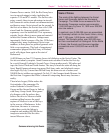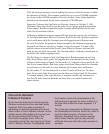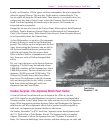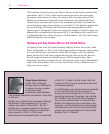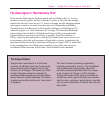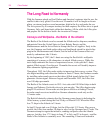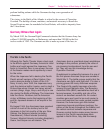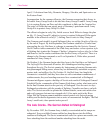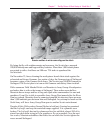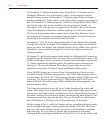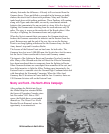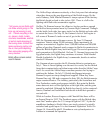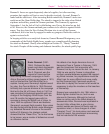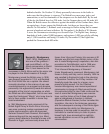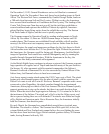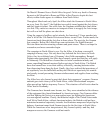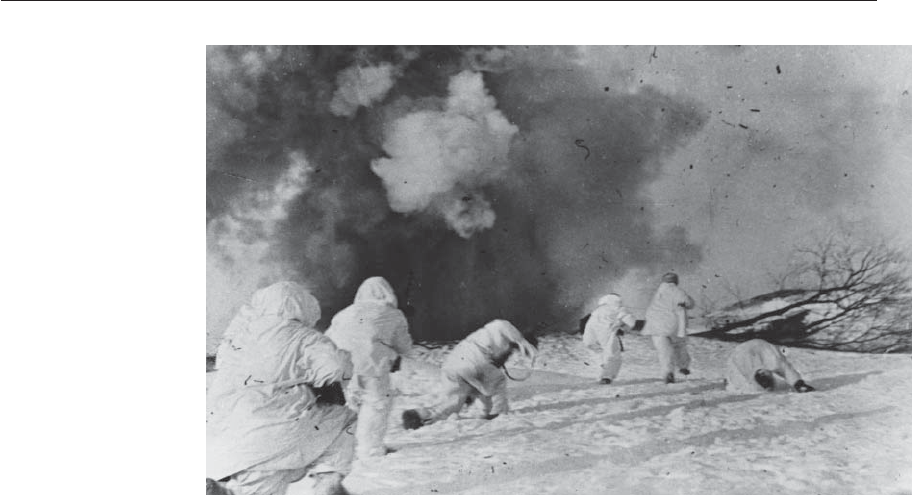
Chapter 7 The Big Picture: A Short History of World War II
139
Russian soldiers in winter camouflage on the attack
By being thrifty with reinforcements and resources, the Soviets have amassed
500,000 infantrymen and huge artillery batteries. More than 1,000 attack planes
are poised to strike. And there are 900 new T34 tanks to spearhead the
Soviet attack.
On November 23, forces forming the north pincer launch their attack against the
exhausted and frozen Germans. In a matter of days the German siege of Stalingrad
becomes a siege of the German Sixth Army. The Soviets trap 300,000 Germans in
Stalingrad. The Soviet plan is to turn on the Germans and destroy them in detail.
Hitler summons Field Marshal Erich von Manstein to Army Group A headquarters
and orders him to relieve the troops at Stalingrad. These orders seem hollow;
Manstein has no troops and has to beg and cajole other commanders for men and
machines. Even if he is able to assemble Army Group Don (named after the River
Don) as ordered, Manstein fears he cannot accomplish his mission; there are more
than 1,000 antitank guns between him and Stalingrad. Any attempt to break out the
Sixth Army will leave Army Group Don open to another Soviet encirclement.
Despite all this, Hitler orders General Paulus to hold out; Goering has promised
that the Luftwaffe can keep the encircled troops supplied. It is a promise soon
broken. The Luftwaffe has too few planes and too few airfields; almost 500 of its
aircraft are shot down trying to fly in supplies or fly out wounded. Over the next
few weeks, Manstein assembles what forces he can while the Soviets tighten the
noose around Stalingrad.



